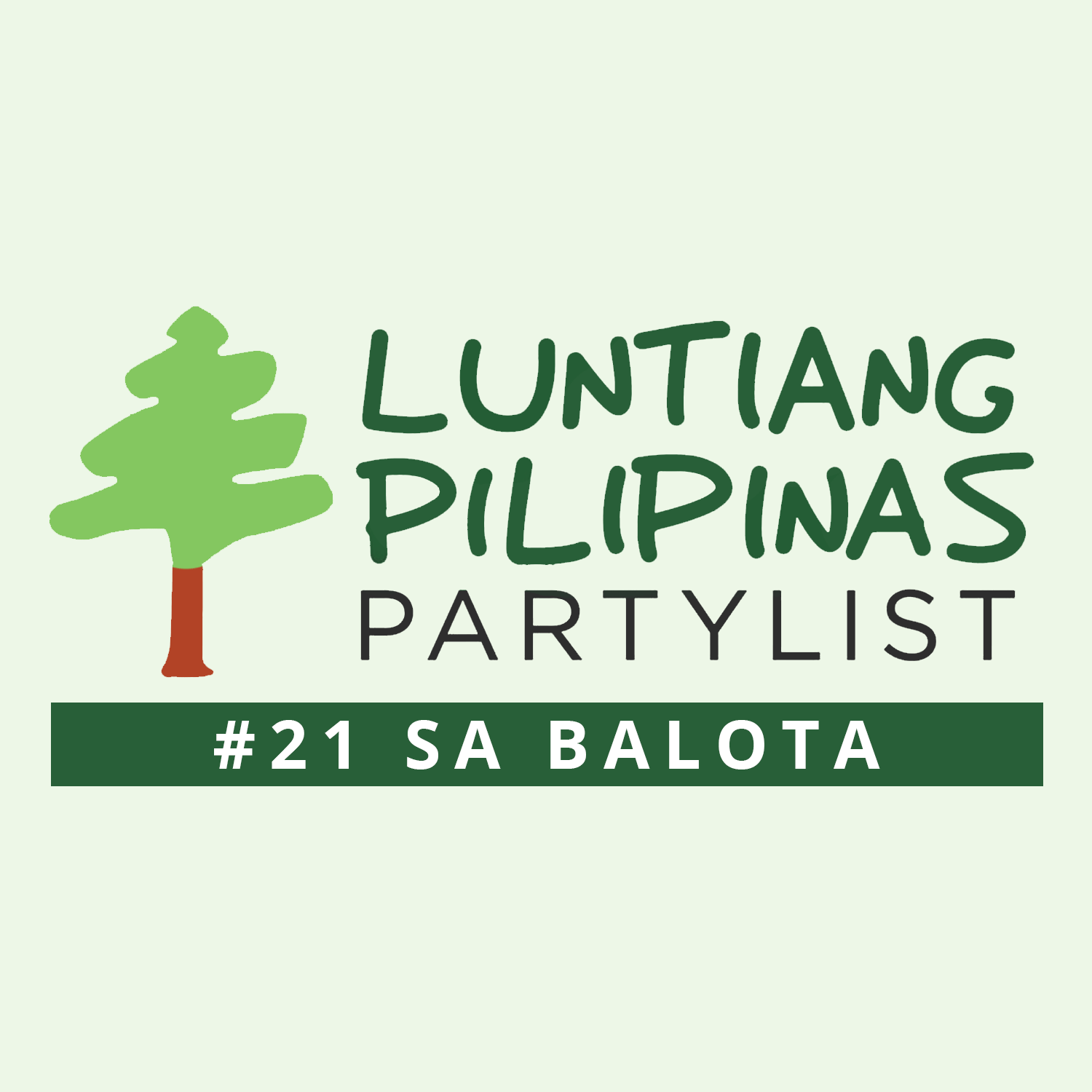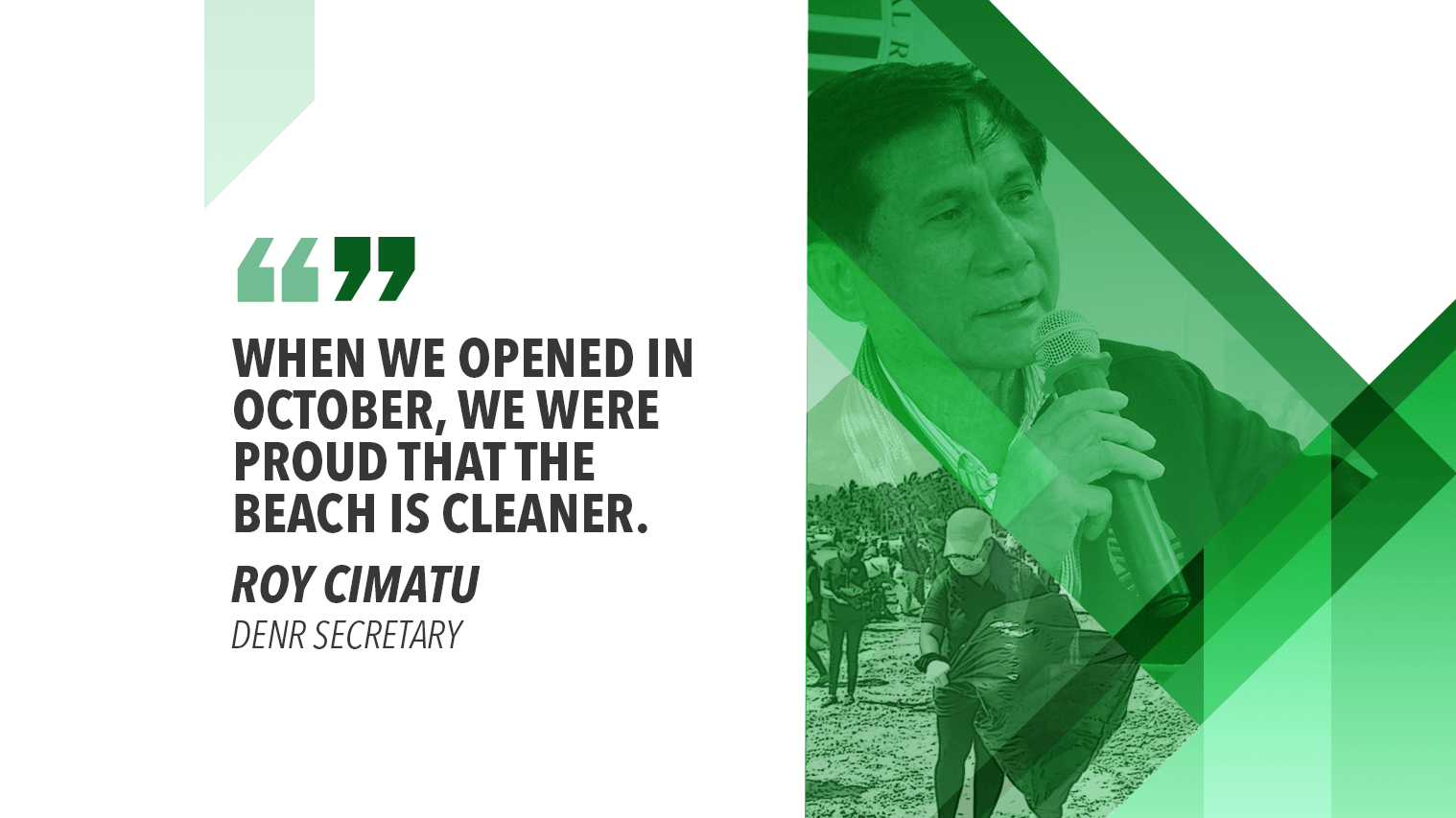Positive changes are visible in the world-renowned island resort of Boracay, a year after its government-initiated environmental rehabilitation, the head of the Department of Environment and Natural Resources (DENR) said.
Environment Secretary Roy Cimatu noted that the coliform level in Boracay’s waters these past months has been at 40 most probable number (MPN) per 100 milliliters (ml). The standard coliform concentration in areas considered suitable for swimming is 100 MPN/100 ml.
“I was shown of the picture of the beach taken exactly April 25 last year. When we opened in October, we were proud that the beach is cleaner,” he said in a press conference after the Boracay Inter-Agency Task Force (BIATF) meeting at the Paradise Resort in this island.
Cimatu added that the algal bloom did not resurface during this summer season, contrary to the feedback gathered when the island was closed to tourists on April 26 last year.
“The algal bloom did not resurface during this summer season.”
Also considered as a “visible change” on the island is the shorter travel time of tourists from the Aklan Jetty Port to their booked hotels.
This, after Boracay island has now lesser traffic congestion because of the road projects implemented, the environment chief said.
“Boracay island has now lesser traffic congestion.”
The Department of Tourism (DOT), meanwhile, said it has been “very consistent in terms of our service in receiving guests.”
DOT Undersecretary Art Boncato Jr. reported that 5,600 average same-day arrival and departure of tourists in Boracay was recorded since its opening on October 28 last year until Easter Sunday, April 21 this year.
“This trend (is) actually showing us that we have not reached the carrying capacity limit of the task force of 19,215 tourists at any given time,” Boncato said, adding that this is one of the factors that prove the island has adjusted in “a very good pace in receiving guests any time of the year.”
Moreover, the tourism official assured that the island will stick to its carrying capacity limit even with the celebration of the “Love Boracay.”
The positive changes on the island do not only excite the tourists but also benefit the locals, said Malay Mayor Abram Sualog.
The most visible change according to Sualog, is the implementation of local ordinances, especially those concerning the environment.
“There was a time (when) there had been laxity in terms of the implementation of laws and ordinances but during my tenure and during the rehabilitation of this island, the ordinances had been well-implemented,” he said.
“The implementation of ordinances favors the locals as it leads to the preservation of the island,” Sualog added.
According to Sualog, a cleaner and more manageable Boracay draws positive feedback from tourists, which in turn drives employed locals to be more enthusiastic to work.
He expressed his gratitude to the national government for initiating the rehabilitation.
Sualog assured that the local government unit is one with the national government in ensuring the sustainability of the “clean and peaceful” Boracay island.


